
On the Use of Chromaticism
by Lee Duane FitzSimmons
When chromatic tones are employed within a melody, very unique sounds are often produced. Such sounds often tickle the ear and give the melodic line a neat twist that may not have been possible otherwise. However, chromatic tones must be used correctly, or else they might be perceived as being as a childish novelty or a wrong note. The outcome of any usage of chromatic tones depends primarily on the skill of the composer's (and/or improviser's) ability to select the most desirable notes for the appropriate occasion.
One of the more common usages of chromatic tones is their use as passing tones. They can either ascend or descend and playfully connect two different points of a melodic line in very unique ways. There are many factors to consider when selecting chromatic notes to fulfill this type of role because these kinds of usages can often make a melodic line sound more juvenile and child-like. However, if this type of emotion is desired, then this use of chromatic passing tones would be appropriate. It should also be noted that these types of uses usually involve tones that are shorter in duration.

Another employment of chromatic tones is the establishment of new tonal centers within a piece. The most common way that this is done is by altering a diatonic tone up a half step in order to give the listener the impression that this note is the leading tone to a new tonal center. While any note can be chosen as a new tonal center (either permanently or temporarily), it is usually a diatonic tone that is chosen. Of the diatonic tones, the relative minor of a major key seems to be a popular favorite that is used over and over again.
In the twentieth century, the use of "blue notes" came to the forefront. In these situations, the third and seventh tones of the diatonic scale are sometimes lowered and the fourth tone is sometimes raised. However, these usages also employ microtonal manipulations that give melodic lines a new type of flair that has turned out to be very popular with many listeners. These new kinds of colors bring a whole new element of expression to music. These new elements of expression bring a whole new paradigm to music.
This new paradigm brings a whole new freedom to the world.
* * *
INDEX
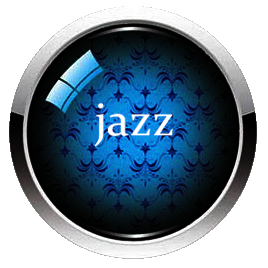 |
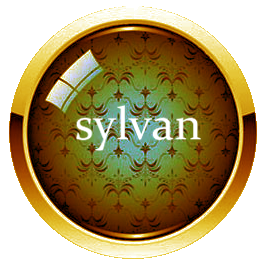 |
 |
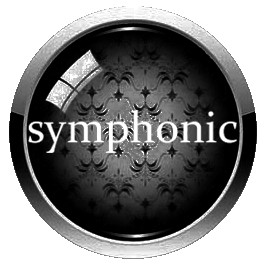 |
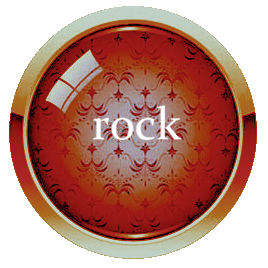 |
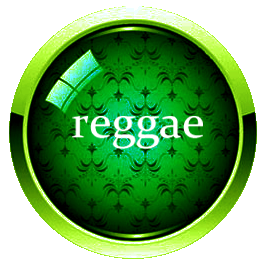 |
HOME * BOOKS * SANCTUARY * BIOGRAPHY
JAZZ * SYLVAN * ELECTRONIC * SYMPHONIC * ROCK * REGGAE
Copyright 2014 by Lee Fitzsimmons